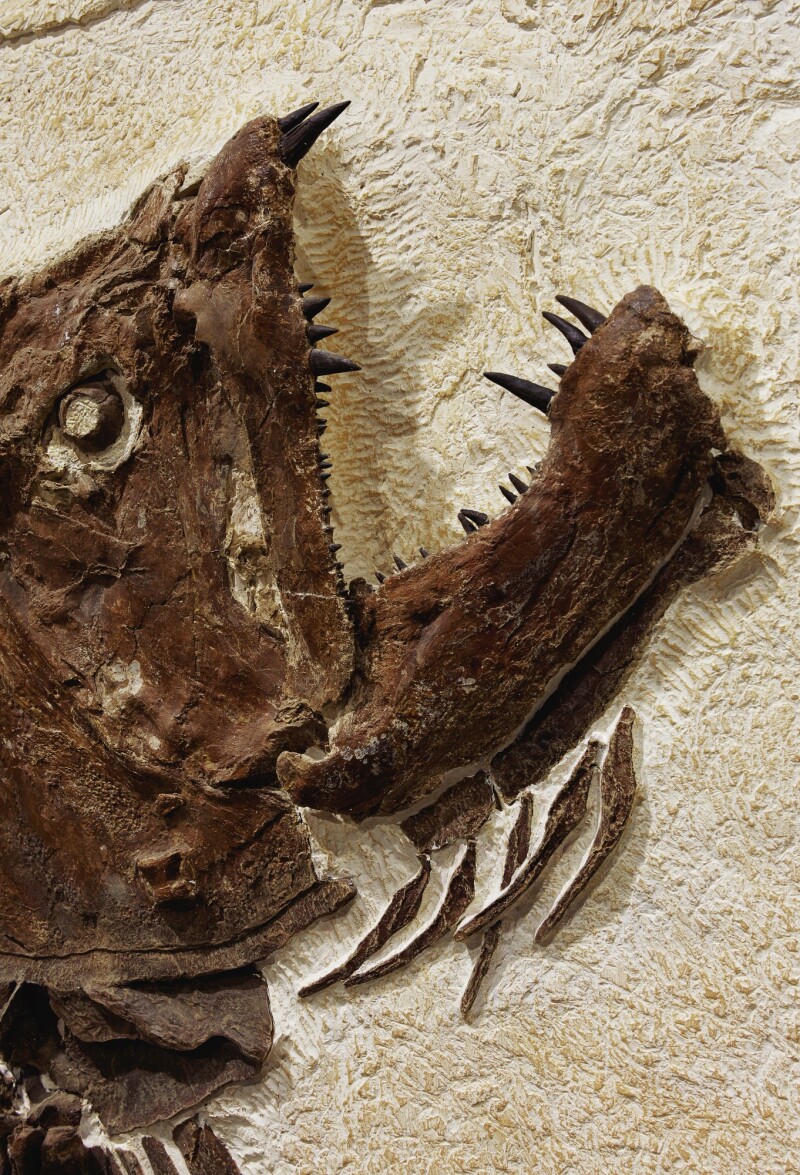Huge predaceous bulldog fish
Table of Contents
Table of Contents
If you’re a fish enthusiast, you must’ve heard about bulldog fish, the prehistoric predator fish that roamed the waters millions of years ago. These fish were massive, ferocious, and dominated the seas, making them an object of fascination for scientists and common laymen alike.
The Pain Points of Bulldog Fish
The first thing that comes to mind when we hear about bulldog fish is their daunting size and appearance, which often creates a sense of fear and awe in people. Additionally, the fact that these fish are predators, and in many cases, have the potential to be harmful to humans, can be a concern for those near the waters where they might reside. Moreover, the rarity of these fish species adds to the allure and fascination for fish enthusiasts, making them difficult to obtain and breed.
The Targets of Bulldog Fish
Bulldog fish were massive predators and were known for their ferocity and hunting abilities. They hunted smaller fish and utilized their powerful jaws to break shells and dig for prey hidden beneath the sand. Additionally, the size and strength of their jaws allowed them to eat larger fish, making them apex predators in their food chains.
Summary of Bulldog Fish
Bulldog fish is a prehistoric predator fish that was an object of fascination for scientists and common laymen alike. Their size, appearance, and rareness add to their allure and fascination, and their hunting abilities make them a top predator species.
Experience with Bulldog Fish
As a fish enthusiast, I’ve always been fascinated by bulldog fish and have been researching them for a while. I was lucky enough to witness a live bulldog fish at an aquarium, and I was struck by its sheer size and ferocity. It was truly a sight to behold.
These fish could grow up to 15 feet in length and weigh up to 3,000 pounds. Their massive jaws, sharp teeth, and powerful bodies made them a formidable presence in the sea.
 Prehistoric Bulldog Fish
Prehistoric Bulldog Fish
Bulldog fish were apex predators that lived millions of years before our time, in the Late Cretaceous period. Their massive size and strength made them top predators in their food chains, and their unique adaptations enabled them to survive and thrive in a prehistoric era.
 ### Fossils of Bulldog Fish
### Fossils of Bulldog Fish
Fossils of bulldog fish have been discovered in various parts of the world, including the Americas, Europe, and Africa. These fossils provide scientists with valuable information about the biology, behavior, and ecology of these prehistoric predators.
 Breeding Bulldog Fish
Breeding Bulldog Fish
Breeding bulldog fish is a challenging task due to their rarity and unique physical features. These fish require specific conditions, including large tanks, high-quality water, and a specialized diet, among other factors. Additionally, the fact that these fish are predators and can be harmful to humans further complicates their breeding and maintenance.
Conclusion of Bulldog Fish
Overall, bulldog fish are fascinating and awe-inspiring creatures that have captured the attention and imagination of people of all ages. With their massive size, ferocity, and rareness, they remain an object of fascination for fish enthusiasts and scientists alike.
Question and Answer about Bulldog Fish
Q: What did bulldog fish eat?
A: Bulldog fish were apex predators and ate smaller fish and crustaceans. Their powerful jaws enabled them to break shells and dig for prey hidden beneath the sand, making them highly efficient hunters.
Q: What was the approximate size of an adult bulldog fish?
A: Adult bulldog fish could grow up to 15 feet in length and weigh up to 3,000 pounds, making them one of the largest predators to roam the seas millions of years ago.
Q: Are bulldog fish dangerous to humans?
A: Some bulldog fish species were known to be harmful to humans. These fish had powerful jaws and sharp teeth that could cause injury or harm if provoked. However, these fish are extinct, and there are no known living species that pose a threat to humans.
Q: Where can I see a bulldog fish?
A: As bulldog fish are extinct, they cannot be seen alive in the wild. However, some museums and aquariums may have fossils or replicas of these prehistoric creatures on display.
Gallery
Isisford Bulldog Fish Emerges From 100-million-year Slumber

Photo Credit by: bing.com / fish bulldog million year uq
HUGE PREDACEOUS “BULLDOG” FISH | Natural History; Including Fossils, Minerals, & Meteorites

Photo Credit by: bing.com / predaceous fossils
BullDog Discus Fish - Cichlid Lover

Photo Credit by: bing.com / bulldog discus fish
Extinct Animal Of The Week: Bulldog Fish

Photo Credit by: bing.com / fish bulldog extinct animal week bogdanov dmitry
HUGE PREDACEOUS “BULLDOG” FISH | Natural History; Including Fossils, Minerals, & Meteorites

Photo Credit by: bing.com /





